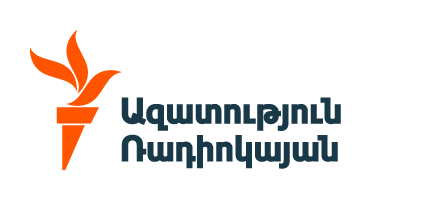The Armenian government further clarified how it will use the loan, equivalent to roughly one fifth of its budget for this year, at a meeting held in the southeastern town of Kapan last week.
It set aside $250 million of the sum for a “stabilization fund” that will provide lending to various sectors of the Armenian economy. Two-thirds of that is to be channeled into commercial banks and other finance companies lacking cash as a result of the global economic crisis. The rest will be lent to infrastructure firms as well as small and medium-sized enterprises.
The government also approved $44 million in direct loans to three mining companies based in the mountainous Syunik region, of which Kapan is the capital. Another, $130 million segment of the Russian credit is to be spent in 2009 and 2010 on completing the protracted reconstruction of Armenia’s northern regions devastated by the 1988 earthquake.
Speaking at a cabinet session on Thursday, Sarkisian said these expenditures will have a “substantial significance” for an economy grappling with its first major downturn since the early 1990s. “I am convinced that the allocations that we approved in Kapan will have a positive impact on our economic system,” he said. “We will certainly feel that impact in the third and fourth quarters of this year and especially in 2010 as those programs will be gaining momentum little by little.”
Armenia’s Gross Domestic Product shrunk by 15.7 percent in the first five months of this year after more than a decade of robust growth. In its recently revised economic outlook for the country, the International Monetary Fund forecast a full-year GDP contraction of less than 10 percent.




